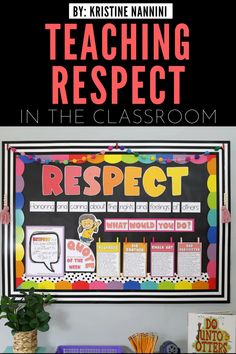Integrating social and emotional learning into the classroom environment is essential for nurturing student well-being and fostering a positive school culture. One way to emphasize the importance of kindness within the classroom is through the creation of a “Kindness Reflection” display. This visually engaging feature not only beautifies the space but also serves as a constant reminder for students to reflect on their actions and cultivate empathy.
Importance of Kindness in the Classroom
Incorporating themes of kindness has profound impacts on students. It encourages inclusivity, reduces bullying, and promotes a collaborative spirit. Acts of kindness have a ripple effect that enhances the overall learning experience and supports character development.
Creating the Display
To create a “Kindness Reflection” classroom display, follow these steps:
1.Choose a Visible Location: The display should be in an area where all students can see it regularly, such as near the entrance or at the front of the classroom.
2.Involve Students: Engage students in designing and creating the display. This gives them a sense of ownership and strengthens their commitment to maintaining kindness in class.
3.Reflect Diversity: Ensure that the display represents different cultures, languages, and perspectives so that every student can relate to it.
4.Interactive Elements: Add parts that can be updated or changed by students, like a “kind act” spot where students put sticky notes when they observe acts of kindness in class.
5.Quotes and Images: Use inspirational quotes about kindness along with pictures that depict kind actions or smiling faces to visually communicate your message.
6.Set Goals: Attach goals or challenges related to kindness that students can work towards collectively.
Maintenance and Evolution
A “Kindness Reflection” display should not be static; it ought to evolve with time:
1.Weekly Spotlight: Rotate featured stories or acts of kindness weekly to keep content fresh and engaging.
2.Classroom Talks: Hold regular discussions reflecting on what’s new on the display, what’s been learned, and how kindness is being practiced.
3.Reflective Writing Prompts: Use prompts from the display for journaling or creative writing assignments.
Conclusion
The “Kindness Reflection” classroom display acts not just as decor but as a tool for instilling one of life’s most valuable lessons—kindness is strength. Through this interactive element, teachers can integrate important social emotional concepts into daily learning and nurture an atmosphere where every student knows they belong and are valued.





